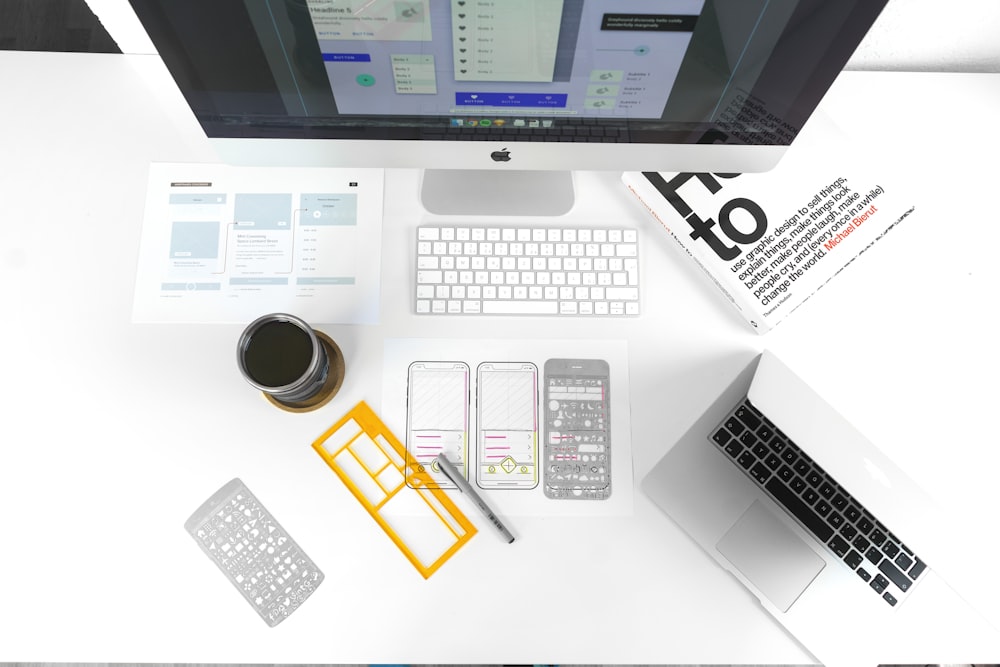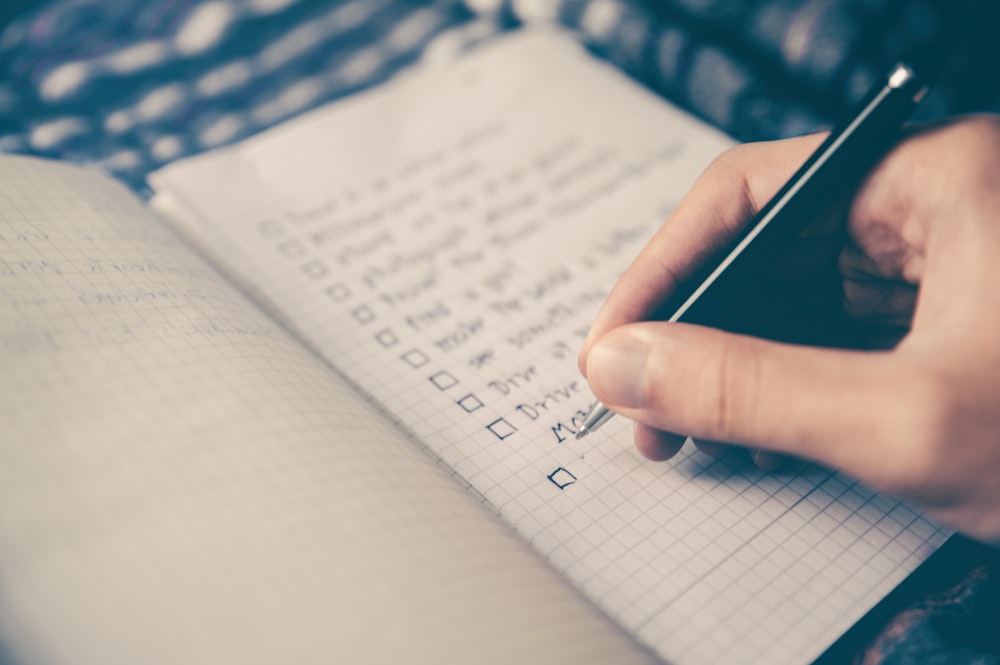When conducting extensive research it sometimes may be hard to keep up with all the data in your head. Who are you going to recruit, what are the methods, what tasks will be assigned to the participants…
With all this information floating around, your chances of forgetting something important are higher than ever. Luckily, UX researchers came up with an amazing solution! And it’s creating a usability testing plan to follow throughout your study.
What is a usability testing plan?
A usability testing plan is a document that contains all the important information about your study. This includes such details as your study’s primary goals, participant information, tasks and other important information.
Usability testing plan acts as a roadmap for everyone involved in the study, allowing them to keep track of all the events and stay on the same page with the study objectives.
Do you need a usability testing plan?
The short answer is yes. If you’re planning to conduct any sort of usability testing study with your users, it’s important to have it planned out. Having a plan that everyone agrees with is key to saving you and your teammates time on future discussions.
Now, you might be thinking that if you’re just planning to run a few quick tests, a user test plan might not be necessary. In some cases that is true. If you just need some quick feedback from a small number of people, perhaps you don’t have to waste your time on creating a whole usability testing plan to follow.
However, and that is true for most cases, when you’re planning a real usability test which you recruit participants for, it’s important to have it planned out. Below, we are going to discuss why.
Benefits of creating a usability testing plan
Creating a usability testing plan already sounds like a great idea, but let’s take a closer look at how exactly it will benefit you and your team.
Here are some of the main benefits of having a usability testing plan:
Establishes clear goals
By creating a clear and concise usability testing plan, you establish your goals from the beginning, making sure you reach all of the needed objectives.
Without a plan there’s a risk of jumping from one goal to another, not reaching any of them at the end. A usability testing plan will keep you focused on what’s important and help to avoid unnecessary distractions on the way.
Helps during the results analysis
At the end of the study you usually have tons of data to go through. It may seem frustrating at first, but not when you know what to focus on.
When you have a clear goal specified in your usability testing plan, you’ll notice it gets much easier to analyze your usability testing results, pinpoint the problems and look for solutions.
Engages all teammates and stakeholders
One of the most important benefits of a usability testing plan is the ability to easily share it with your teammates, stakeholders and whoever else you’re collaborating with.
When you all agree on a plan it not only reduces uncertainty and confusion, but also allows the whole team to track progress, follow the process and therefore, be on the same page.
Makes sure you don’t forget anything
As mentioned above, with these huge amounts of data obtained from a usability test, it’s hard to keep track of everything.
Write down all the important details that you must not forget into a usability testing plan. You can come back to it any time, make sure everything goes according to plan and nothing is forgotten.
What should your usability testing plan include
When it comes to creating a website testing plan, the goal is to make it simple yet informative. Keep it short and sweet, ideally not more than 1 page. Don’t make your colleagues go through tons of useless text before they can find something.
Let’s take a look at some of the main sections your plan should include.
1. People involved
At the beginning of your plan, don’t forget to mention all the people involved in the research, as well as their roles and contact information (work email). Don’t forget about the stakeholders, they are just as important.
Having all the names and contacts at one place will ease the communication and show who is responsible for each part of the project.
2. Background
In a couple of sentences, describe the background of your research. What made you think this project needs a usability test, what’s your motivation? What are the problems that need to be solved? Keep it simple but try to not leave out the context.
3. Key objectives
This is the perfect place to describe your goals. Ideally, you want to set 1-3 goals for a project. The more goals you have, the more complicated it will be to achieve them all at once. Ask yourself why you’re conducting this research. Focus on what’s important.
4. Information about the participants
Define the target audience of your research and how you’re going to recruit them. Specify what demographics you’re looking for and how many people you’ll need for the research.
Whether you choose to get your participants from the User Panel or recruit internally, it’s important to mention it in the plan.
5. Research methods
There are tons of usability testing methods to choose from so take your time and decide which one will be the most effective with your goals in mind. You may also choose to go with Mixed Method Research, in which case you need to specify all the methods that are going to be used.
6. Tasks and questions
Plan all your research tasks and usability testing questions in advance. What will you be asking the participants to do? Come up with a list of tasks that correspond to your goals. Prepare the pre- and post-study questions beforehand to make sure they don’t change from one participant to the other.
7. Timelines
Define a clear timeline of events.
Specify when each testing session is going to take place and try to estimate how long it will take. Don’t forget to add a date when the project has started, when it’s supposed to be finished, as well as deadlines if any.




